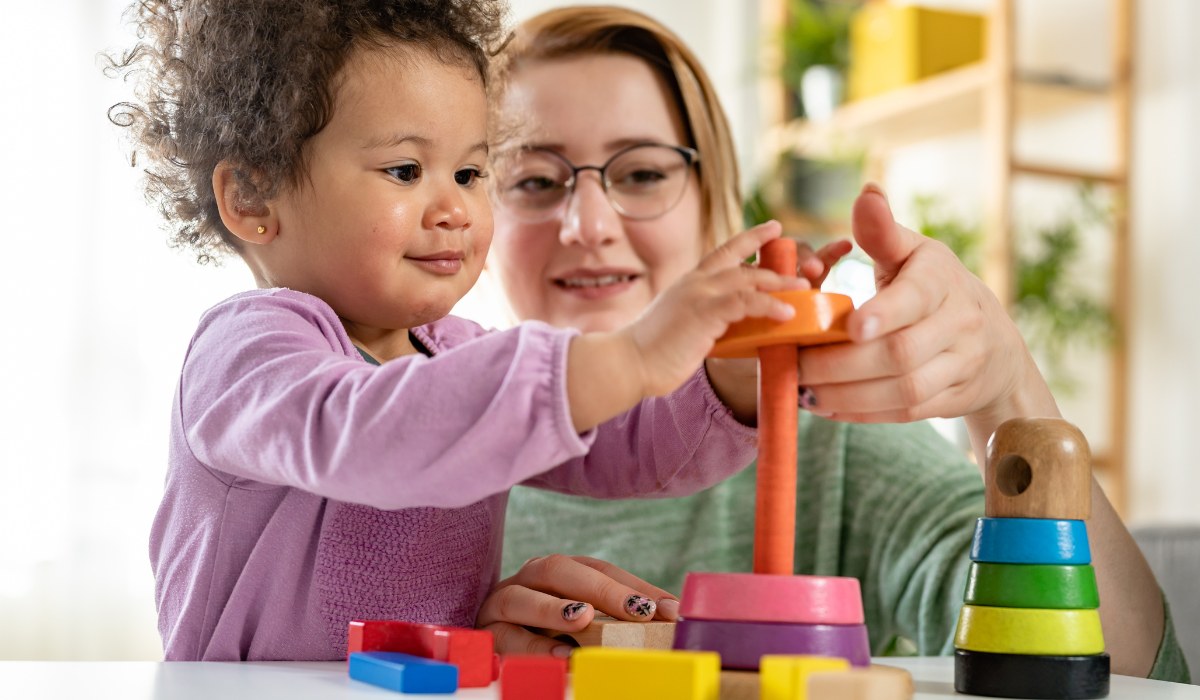Which Parent Carries The Autism Gene?
Unraveling the Genetic Origins of Autism: Paternal Influence Take Center Stage
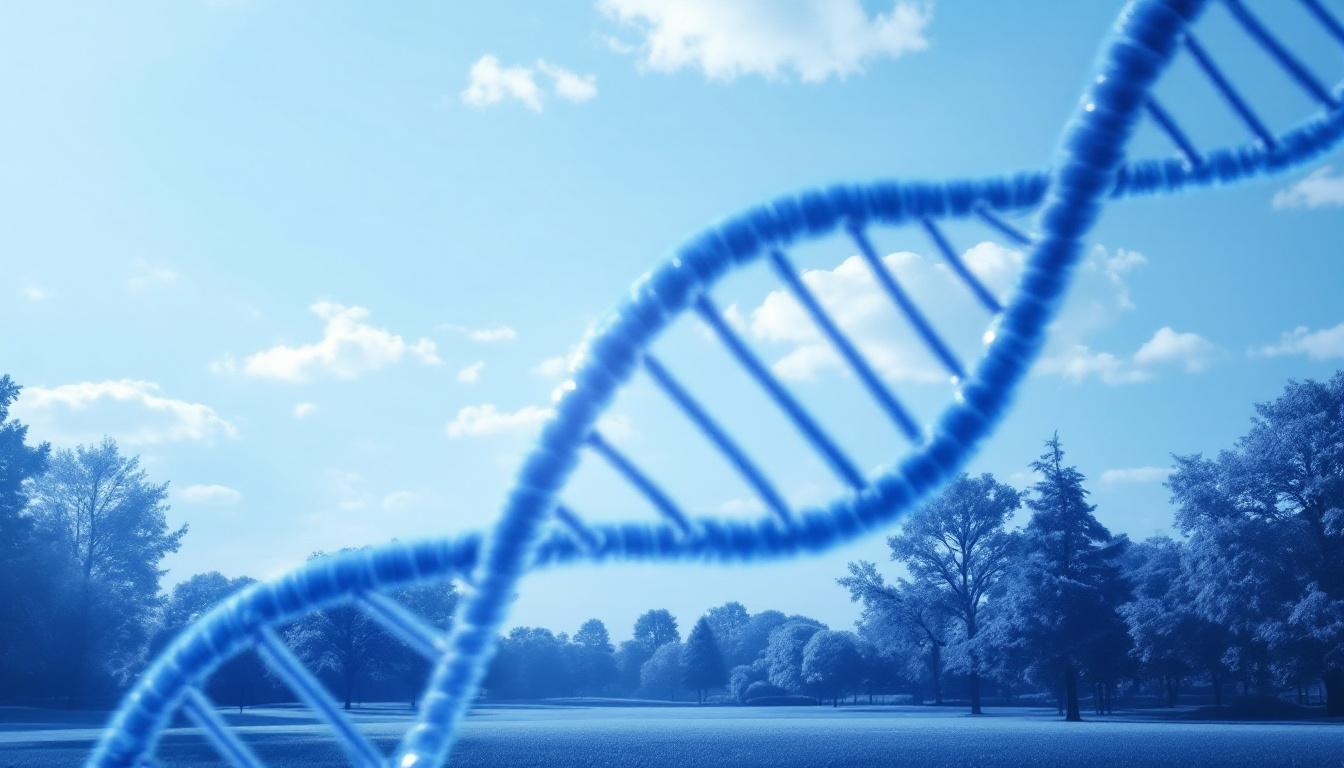
Understanding the Genetic Contributions to Autism Spectrum Disorder
Recent research is shifting our understanding of the genetic inheritance patterns involved in autism, suggesting a more significant role for the father than previously believed. While environmental factors and spontaneous mutations also contribute, the focus is now on the strong genetic link inherited from paternal sources. This article explores the complex interplay between genetics and environment and aims to answer the crucial question: Which parent carries the autism gene?
The Genetic Underpinnings of Autism Spectrum Disorder
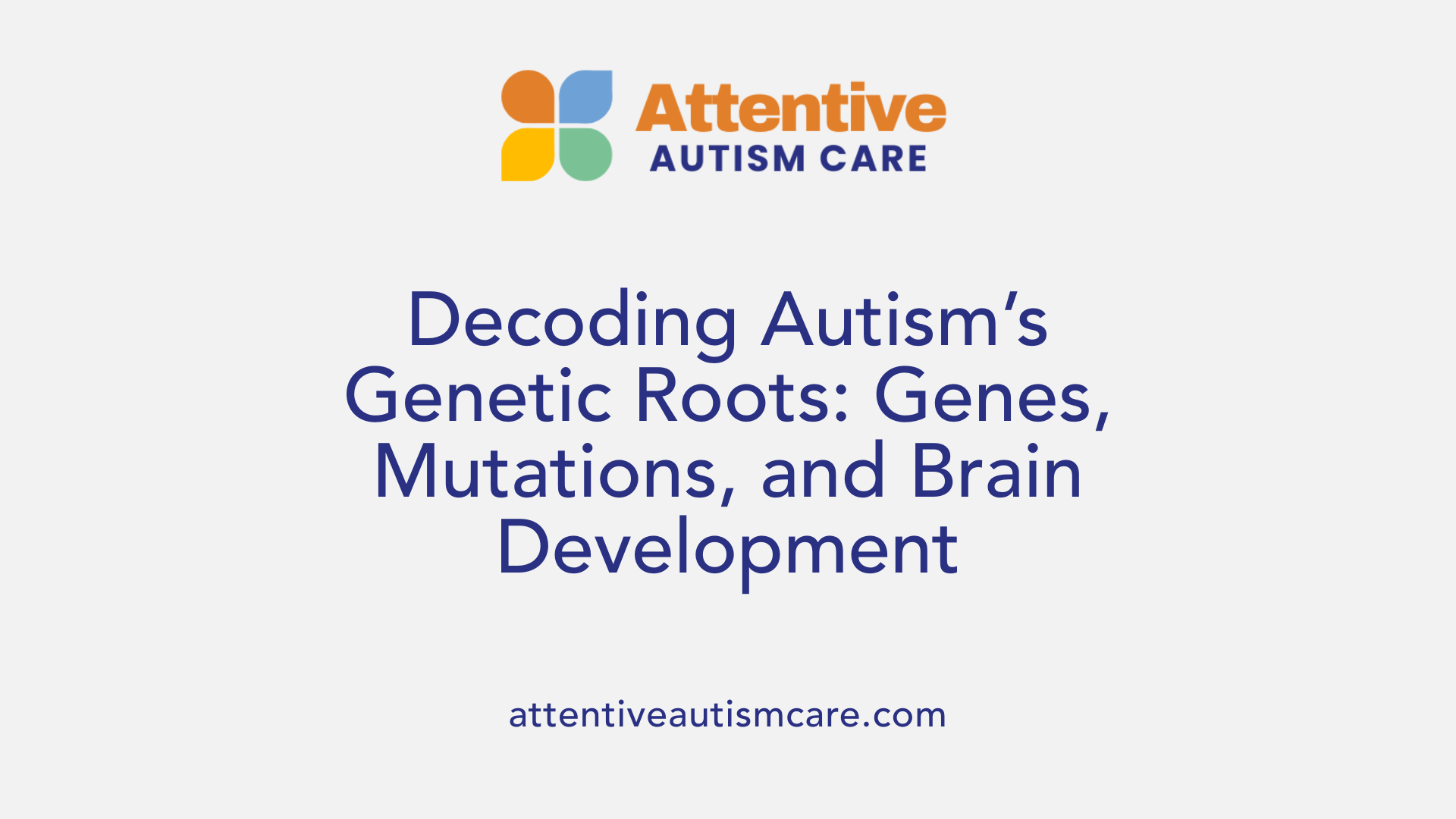
What percentage of autism is due to genetic factors?
Studies estimate that between 70% and 90% of the risk for autism is attributable to genetic factors, highlighting its strong heritable component. This substantial percentage is based on twin studies and heritability estimates, which suggest a significant genetic influence. Autism risk involves a complex mix of inherited gene variations, spontaneous mutations, and gene inheritance patterns.
Genetic contributions account for approximately 40% to 80% of autism cases, depending on the study. Both common genetic variations and rare mutations, such as de novo mutations that occur spontaneously, play a role.
Environmental influences also have an impact, interacting with genetic predispositions to shape the development of autism. This interplay makes ASD a multifaceted condition with both genetic and environmental components.
Is autism hereditary or genetic?
Autism is largely genetic, with heritability estimates around 80 to 90%. It involves numerous gene variations that influence brain development and the functioning of neural networks.
Many gene variations linked to autism are inherited from parents, though some arise spontaneously in sperm or egg cells, known as de novo mutations. These mutations can significantly increase autism risk, especially as paternal age increases.
While genetics provides a substantial foundation, environmental factors during pregnancy and early childhood can modify this risk. Factors such as parental age, prenatal exposures, and maternal health may interact with genetic predispositions, further influencing the likelihood of ASD.
Overall, autism results from a complex combination of inherited genetics, spontaneous mutations, and environmental influences, making it a condition shaped by multiple factors and not caused by a single gene or factor.
Recent Evidence: The Paternal Role in Autism Genetics
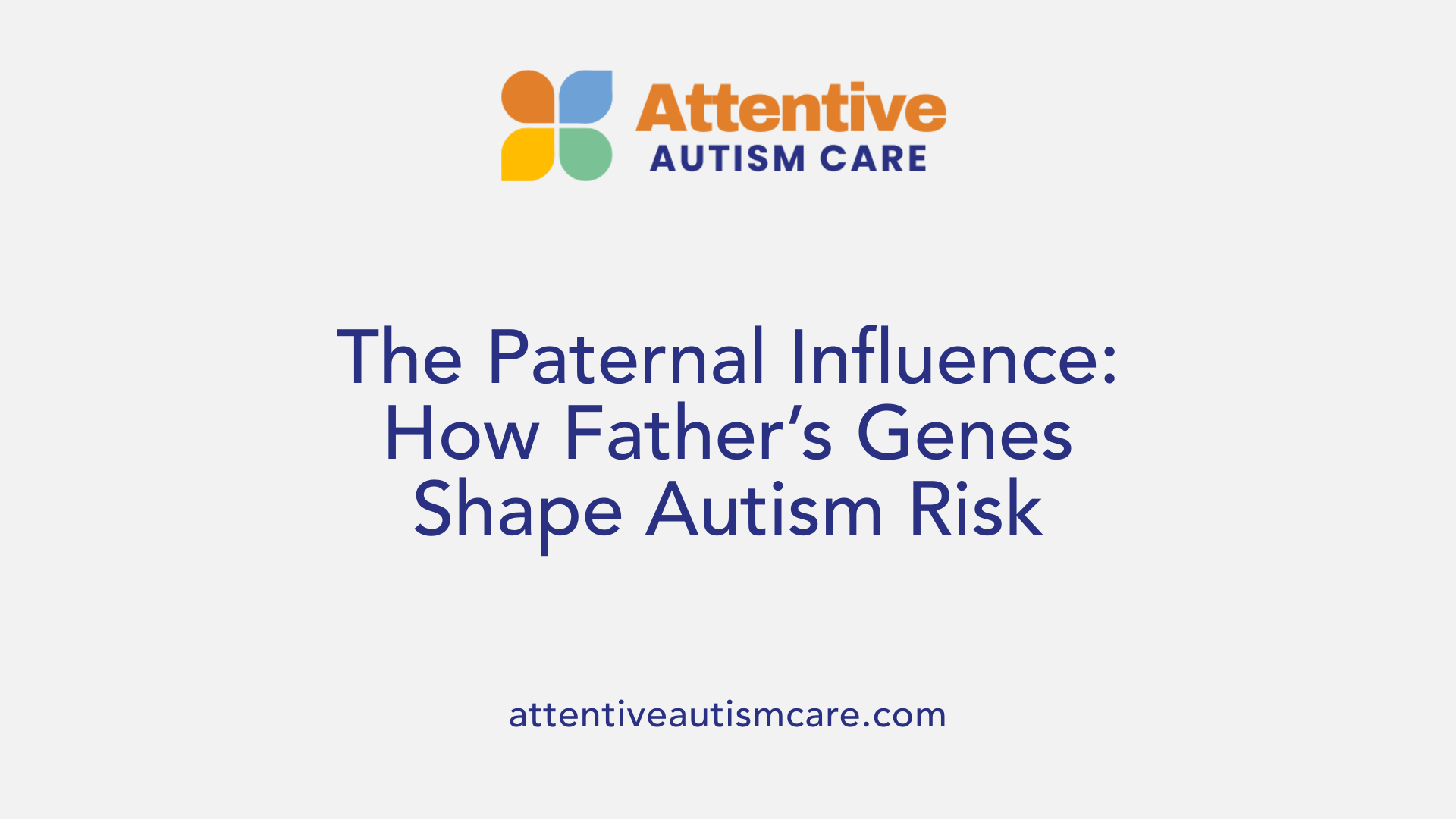
Research findings from UCLA and other studies
Recent research, including significant work conducted by UCLA, sheds light on the genetic inheritance patterns of autism. These studies analyzed genomes from thousands of families and found strong evidence suggesting that a substantial portion of autism risk is inherited from the father.
Specifically, UCLA researchers observed that autistic siblings tend to share their father’s genome at nearly double the rate compared to their mother’s. This indicates a heavier paternal influence than previously believed, revising earlier assumptions that emphasized maternal inheritance.
Genetic studies worldwide also support the idea that many autism-related genes are inherited from the father. These genes are involved in brain development, neural connectivity, and communication between neurons.
Sharing of genetic material from father vs. mother
While both parents contribute genetic material, emerging evidence indicates that the paternal genome plays a more prominent role in passing on autism risk. Specifically, spontaneous mutations—changes in the DNA that occur during sperm development—are more common and tend to influence autism.
Research shows that these de novo mutations occur more frequently in sperm cells, especially as paternal age increases. These mutations can alter genes associated with autism, even if neither parent shows any autistic traits.
Furthermore, studies find that autism risk genes are particularly vulnerable to mutations when only one copy of a gene is necessary for normal function. When a mutation affects this single copy, the risk for autism rises.
Implications of paternal inheritance
Understanding that the father's genetic contribution can significantly influence autism risk has important implications. It highlights the need for genetic counseling and testing, especially for older prospective fathers.
Additionally, recognizing the role of spontaneous mutations emphasizes that autism can occur even when parents are neurotypical, due to new mutations during sperm development. This insight supports the complexity and variability of autism’s genetic basis.
Overall, the evolving understanding of paternal influence in autism genetics encourages a broader view that considers both inherited and spontaneous genetic factors.
| Source | Findings | Additional Details |
|---|---|---|
| UCLA Study | Fathers share more autism-linked genetic material with autistic children | Analyzed over 6,000 families, showing stronger paternal genetic ties |
| Global Research | Paternal mutations contribute significantly | Mutations tend to come from sperm, especially with advanced paternal age |
| Genetic Contributions | Both parents contribute, but paternal influence appears stronger | De novo mutations frequently originate from sperm |
Genetic Variability and Autism Risk Factors
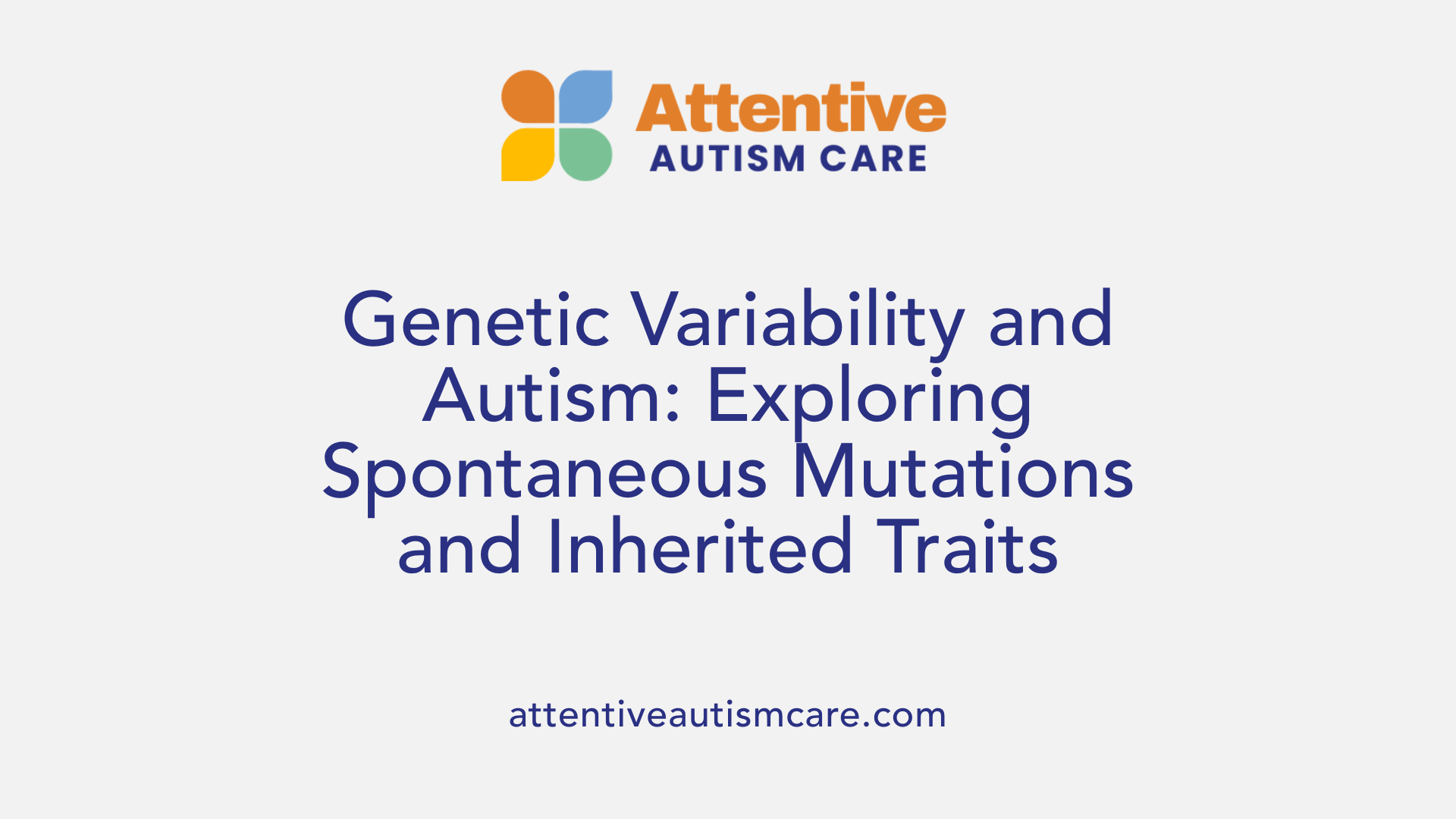
What are spontaneous mutations and how do they influence autism?
Spontaneous mutations, also known as de novo mutations, occur spontaneously in the child's genome and are not inherited from either parent. These mutations can have profound effects when they occur in genes linked to autism, especially because many autism risk genes are particularly vulnerable to such changes.
Not all individuals carry these mutations, but in autism cases, they can account for up to half of the affected individuals when only one child in a family is diagnosed with ASD. These mutations typically happen in genes that are critical for brain development and neural connectivity, leading to significant impacts on behavior and communication.
How is autism inherited from both parents?
While much research initially focused on maternal inheritance, recent studies highlight that both parents contribute to a child's autism risk. Genomic analyses of thousands of families reveal that autistic siblings tend to share more genetic material from their father than from their mother, with the father's genome playing a pivotal role.
Genetic variants linked to autism can be inherited from either parent. Some mutations are passed down through family lines, involving complex, polygenic inheritance patterns that include numerous genes. Additionally, certain autism-related genetic mutations, especially mutations in X-linked genes, are inherited maternally, but the majority of spontaneous mutations originate in sperm cells, often increasing with the father's age.
What is the impact of genetic mutations on autism?
Genetic mutations, both inherited and spontaneous, significantly influence the development of autism. Variations in genes affect neural networks and brain development, often disrupting communication between neurons and brain regions essential for social and cognitive functions.
Mutations can be particularly damaging when they affect genes requiring two functional copies for normal operation; a single mutation can compromise these mechanisms. This vulnerability explains why genetic mutations have such a notable impact on autism traits.
Recent research underscores the importance of both maternal and paternal genetic contributions, with complex inheritance patterns involving multiple genes. Genetic testing can identify many of these variations, providing insights into individual autism risk.
| Genetic Contribution | Type | Explanation | Impact on Autism Risk |
|---|---|---|---|
| Inherited from mother | Maternal | Certain mutations and X-linked genes passed from mother | Can increase risk, especially with familial history |
| Inherited from father | Paternal | Variants passed through sperm, including de novo mutations | Strong influence, increases with paternal age |
| Spontaneous mutations | Not inherited | Occur in the child's genome, often in critical genes | Cause up to 50% of cases in families with a single affected child |
Understanding the balance of these genetic factors helps clarify the complex inheritance patterns associated with autism.
Understanding Gene Variations and Environmental Interactions
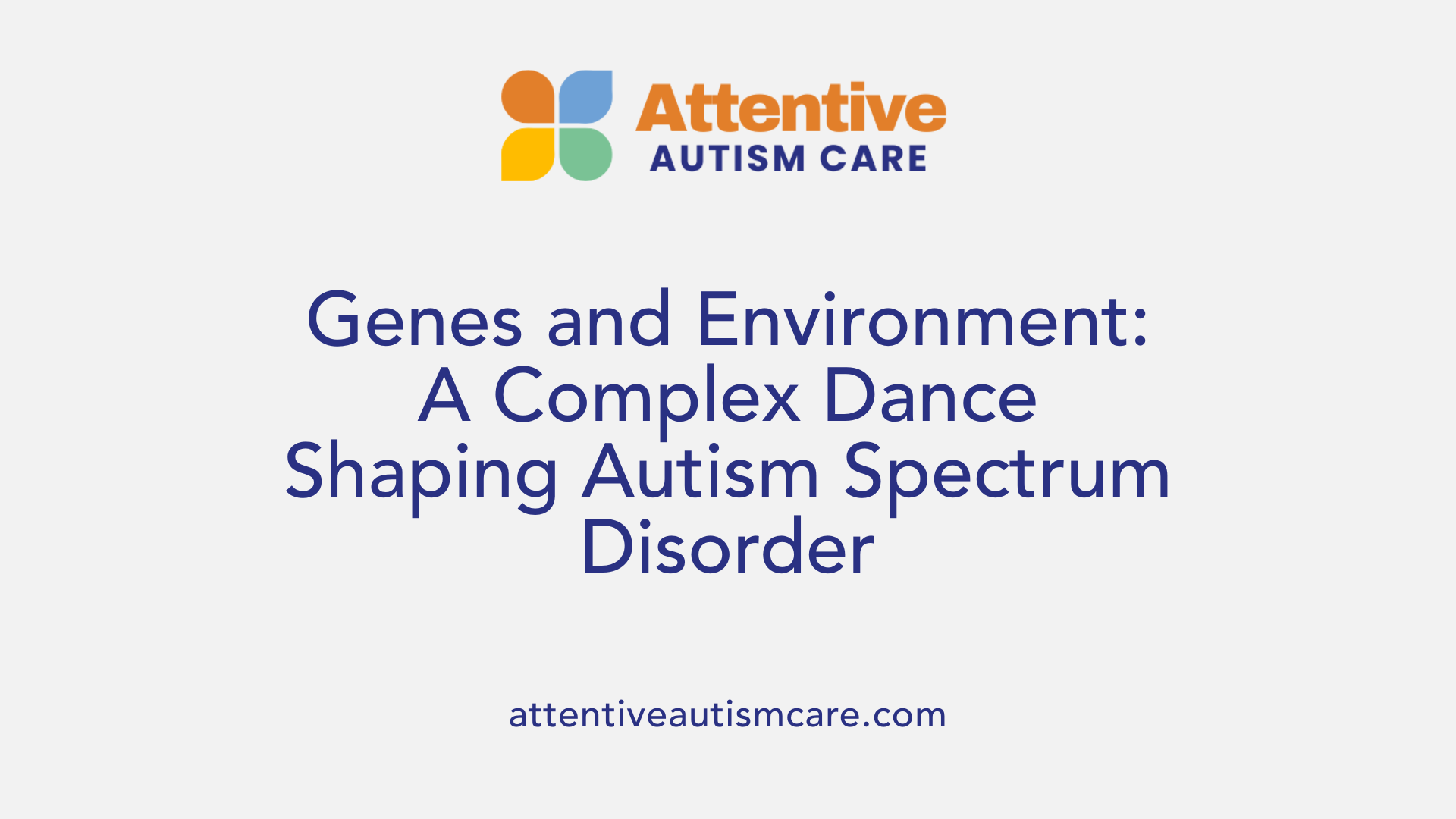
What is the genetic basis of autism?
Autism Spectrum Disorder (ASD) is strongly influenced by genetics, with estimates suggesting heritability can be as high as 50% to 90%. The genetic landscape of autism is complex, involving hundreds of genes that impact brain development, neural connectivity, and synapse formation.
Both inherited mutations and spontaneous genetic changes, known as de novo mutations, play a role. Inherited mutations are passed down from parents, while de novo mutations occur spontaneously in the child's genetic material, often in sperm cells, especially when paternal age is higher.
Research has identified structural variations such as copy number variations (CNVs)—duplications or deletions of segments of DNA—that increase autism risk. It is also noted that some gene variants may be inherited from the mother, particularly involving X-linked genes, while many spontaneous mutations are frequently paternal in origin.
Importantly, no single gene causes autism; instead, it results from a combination of multiple genetic factors interacting with environmental influences. These genetic variants influence networks of genes that regulate brain development, neuron communication, and brain region interactions.
How do environmental factors influence autism development?
Environmental factors also contribute significantly to autism risk, often interacting with an individual’s genetic predispositions. Several key environmental influences include:
- Advanced parental age at conception
- Prenatal exposure to air pollution, pesticides, or other toxins
- Maternal health issues such as obesity, diabetes, or immune disorders
- Birth complications involving oxygen deprivation
- Extreme prematurity or very low birth weight
These environmental exposures can trigger or magnify underlying genetic vulnerabilities through epigenetic modifications—changes in gene expression without altering DNA sequences.
For example, prenatal exposure to toxins may affect neural development or gene expression patterns, influencing autism spectrum outcomes. The interaction between genetics and environment helps explain the broad variability in autism traits and severity among individuals.
Understanding these interactions underscores the importance of both genetic testing and environmental management during pregnancy, which could potentially reduce autism risk or severity.
| Aspect | Details | Additional Notes |
|---|---|---|
| Genetic causes | Hundreds of genes, structural variations, de novo mutations | Both inherited and spontaneous mutations, with paternal mutations often arising from increased paternal age |
| Environmental factors | Pregnancy and birth-related exposures | Includes toxins, maternal health, birth complications |
| Interaction effects | Epigenetics and gene-environment interactions | Can influence gene expression and brain development |
This ongoing research aims to better comprehend how genetics and environment jointly influence autism, paving the way for earlier diagnosis, preventive strategies, and personalized interventions.
Implications for Diagnosis and Future Research
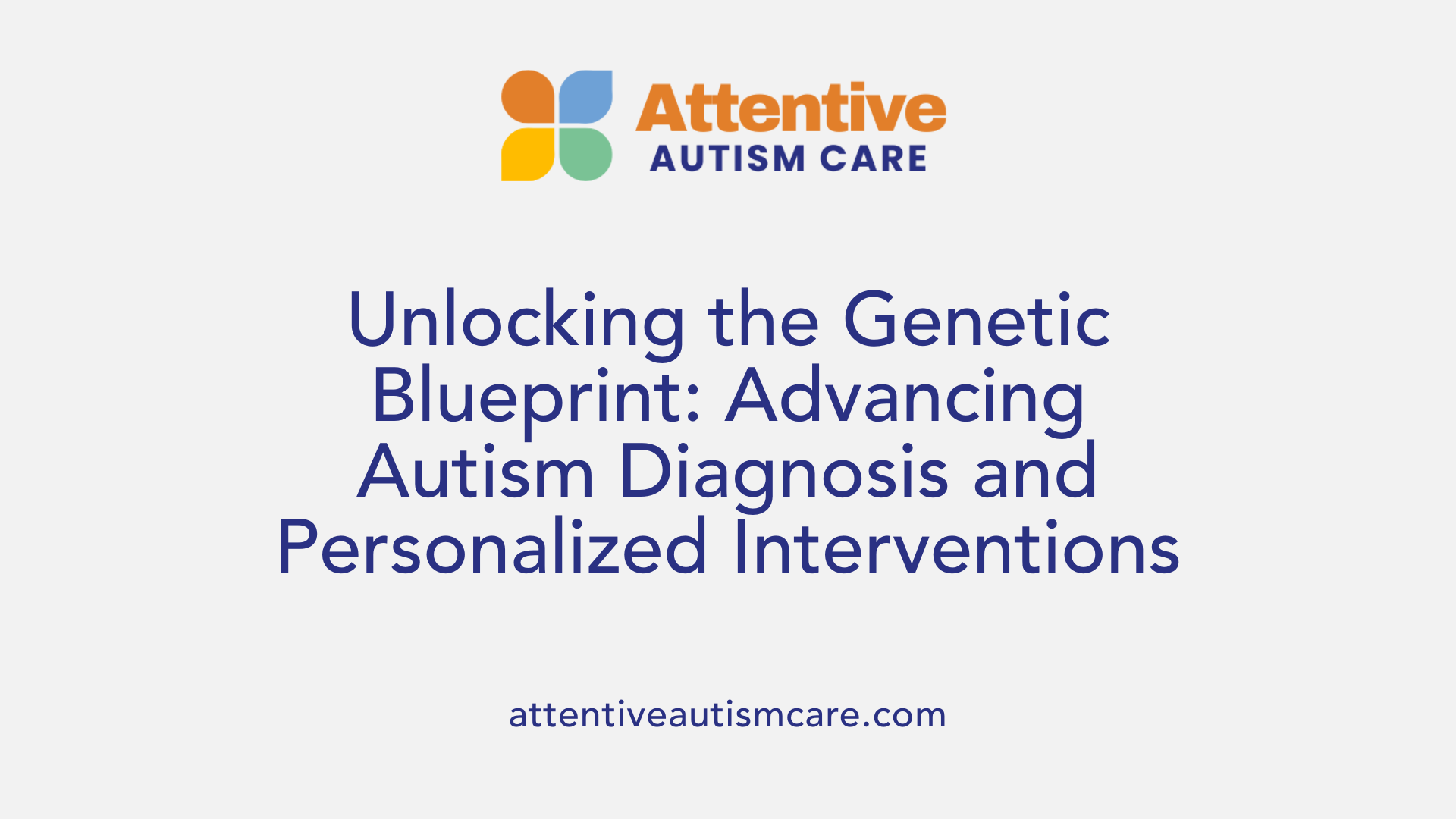
What are the implications for genetic testing in autism?
Genetic testing has become an essential part of understanding autism risk factors. It helps identify specific gene mutations and variations associated with the condition, which can be crucial for early diagnosis. By detecting genetic markers early, healthcare providers can offer timely interventions that improve developmental outcomes.
Understanding family inheritance patterns, especially the significant role of paternal genetics, enhances risk assessments. Researchers are working to decode the complex web of genetic influences, including de novo mutations that occur spontaneously. Future developments aim to refine predictive tools, leading to more personalized autism care based on an individual’s genetic profile.
What does current research mean for families and genetic counseling?
Studies show that both parents contribute to autism risk, with recent findings emphasizing the prominent role of the father in transmitting genetic risk factors. This information is vital for families considering genetic counseling, which provides guidance on inheritance risks, mutation possibilities, and implications for future children.
Genetic counseling helps families understand the likelihood of passing on autism-related genes and explains the significance of spontaneous mutations, which can occur even if parents are unaffected. As science advances, counseling will become more precise, helping families manage expectations, plan for potential outcomes, and make informed decisions about their children’s health.
Further information
For those interested in learning more about the relationship between genetics and autism diagnosis, searching for "Genetic counseling and autism diagnosis" can provide valuable resources and expert insights. As research continues to explore how specific gene variants from both parents influence autism, the goal remains to improve early detection and support personalized approaches to intervention.
The Future of Autism Genetics Research
Ongoing genetic research continues to unveil the complex inheritance mechanisms behind autism, shifting the focus increasingly toward the father's genetic contribution. While no single gene causes autism, the accumulation of genetic variations and mutations inherited from both parents, especially the father, play pivotal roles. Combined with environmental factors, these insights are shaping better diagnostic tools and personalized interventions, promising a future where understanding the hereditary basis of autism leads to improved support and outcomes for affected individuals and their families.
References
- Who Carries the Autism Gene - Mother or Father?
- What causes autism? | Autism Speaks
- Traits in mothers may signal gene variants for autism | The Transmitter
- Where does autism come from when it doesn't run in the family?
- Which Parent Carries Autism Gene? | Blossom ABA Therapy
- Siblings with autism share more of dad's genome, not mom's
- Which Parent Carries Autism? Understanding the Genetic Links


































